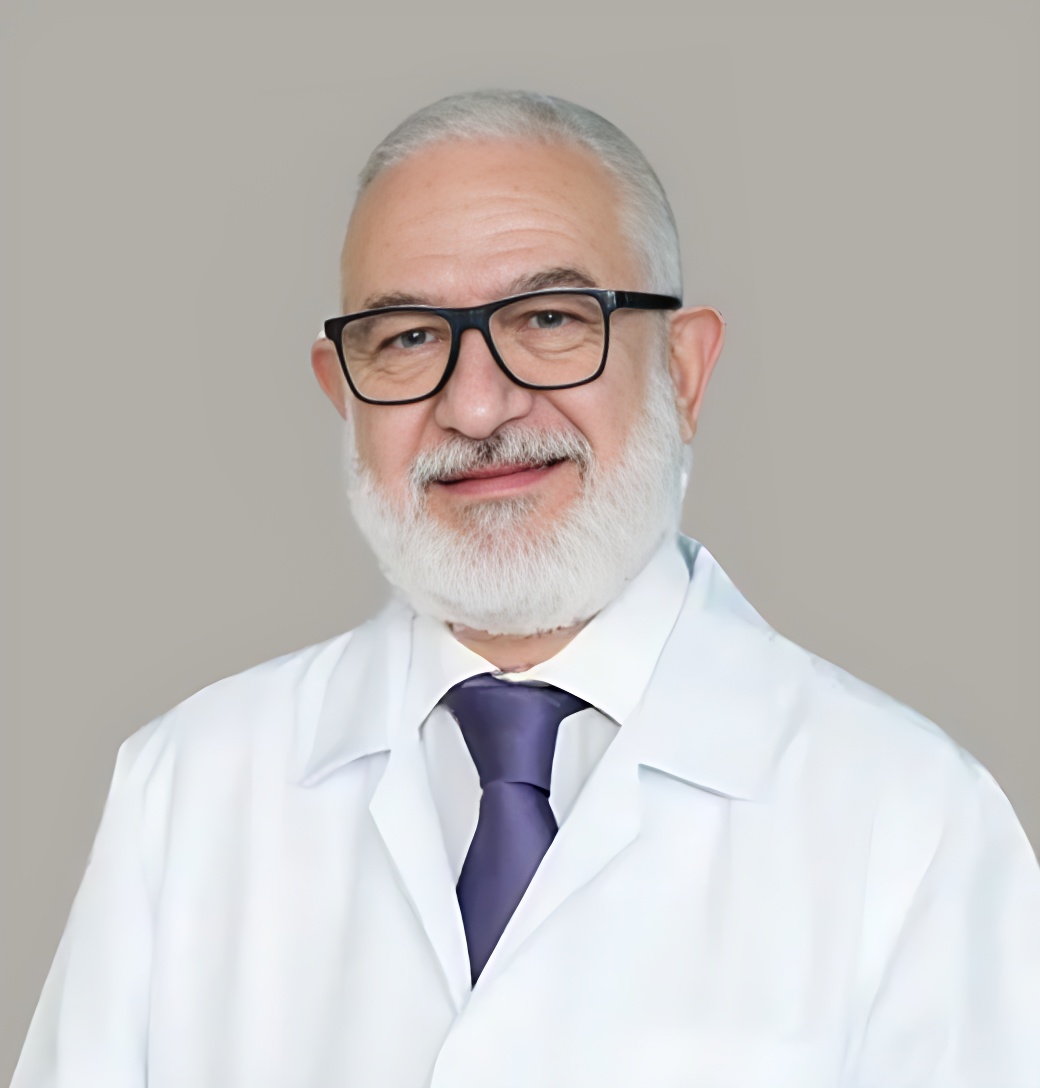Description
High flow nasal oxygen (HFNO) therapy represents a significant advancement in the management of acute respiratory failure, offering a blend of heated and humidified oxygen at high flow rates through nasal cannulae. This innovative approach enhances patient comfort, reduces the need for invasive mechanical ventilation by improving oxygenation and CO2 clearance, and supports the natural airway defenses. HFNO's precise delivery of oxygen improves the efficiency of gas exchange and reduces the work of breathing, making it a preferred choice for patients with acute hypoxemic respiratory failure, particularly those with conditions such as pneumonia or COVID-19.
Summary Listen
- Oxygen's discovery 2.2 billion years ago was vital for life on Earth, essential for human metabolic function. Hypoxia, resulting from inadequate oxygenation, remains a leading cause of death in critical patients.
- Early attempts to address respiratory failure included the iron lung, but its use was limited by a lack of understanding of blood gases and CO2 levels. Mechanical ventilation with positive pressure revolutionized respiratory support.
- In 1994, high-flow oxygen therapy was introduced via catheter or mask for COPD patients, showing promise compared to low-flow oxygen. High-flow oxygen therapy has evolved, now a crucial component of respiratory support.
- High-flow nasal cannula (HFNC) delivers humidified and heated oxygen at high flow rates (40-60 liters/minute) improving CO2 exchange, reducing airway resistance, and enhancing ciliary function.
- HFNC improves oxygenation, reduces respiratory effort and rate, and enhances lung volume, offering greater patient comfort.
- HFNC is useful for COPD, heart failure, immunocompromised patients, and those at risk of intubation but patient selection is very important, with respiratory pattern, conscious level, and hemodynamics requiring careful monitoring.
- Studies on HFNC for respiratory failure, including COVID-19, have yielded mixed results, with some showing reduced intubation rates but not necessarily improved survival.
- HFNC should be part of a multimodal approach, combining it with prone positioning or noninvasive ventilation, particularly in select cases.
- HFNC may not be effective for all patients. Close monitoring is vital and intubation should be considered if the patient's condition deteriorates.
- European guidelines recommend HFNC early in respiratory failure, emphasizing its use alongside experienced multidisciplinary teams for optimal outcomes.
Sample Certificate
About the Speakers


Comments
Comments
You must be logged in to leave a comment.